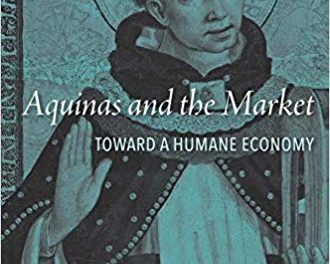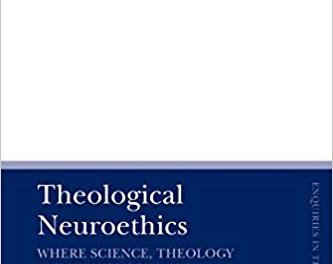Diverse Voices in Modern US Moral Theology. By Charles E. Curran. Washington, DC: Georgetown University Press, 2018. Xiii + 264 pages. $34.95.
This review originally appeared in the January 2020 issue of The Journal of Moral Theology
As those who partake in ongoing debates are aware, not all theologians see eye to eye with one another—much less with the Church magisterium. Vatican II, Humanae Vitae, and Veritatis Splendor mark substantial upheavals within the theological community, and the aftershocks of controversy have yet to settle. Charles Curran’s Diverse Voices in Modern US Moral Theology delineates the fault lines among Catholic moral theologians. Rather than further entrench adversaries, this work illuminates possibilities for productive dialogue.
Curran’s three aims are to: (1) present the array of approaches among moral theologians and the experiences that elicited them, (2) promote dialogue across divisions, and (3) present how a Sitz im Leben, or “setting in life,” impacts each vision of moral life (x). Diverse Voices traces the contributions of individual theologians and the shifting contours of method, focus, and perspective across the field.
Each of the book’s twelve chapters reviews a different theologian, and in one case, a group of theologians. The subjects of the first three chapters engaged in the papal birth control commission but hold disparate views, representing a gradation from legalistic manualism toward personalism: John C. Ford, Bernard Häring, and Joseph Fuchs. The next three theologians, though not papal commission participants, were influential respondents to emerging discourse: Richard A. McCormick, Germain G. Grisez, and Romanus Cessario. For example, McCormick developed his proportionalist theory to explain when a sufficient reason might allow for contraception that “results in values and disvalues” (72), while Grisez uses his version of natural law theory to reject all instances of contraception as involving an intention against the procreative good. The next four theologians are social ethicists: Margaret A. Farley, known for her feminist writings; Lisa Sowle Cahill, one of the first lay theologians; Ada María Isasi-Díaz, “the mother of mujerista theology” (177); and Bryan N. Massingale, who responds to the problem of systemic racism. Finally, the New Wine, New Wineskins movement (consisting of the new generation of theologians committed to improving conversation among divergent theological opinions) and James F. Keenan take an interest in practical application of ethical theory with an eye to institutional improvement—both in the university and wider Church.
Diverse Voices is useful for advanced undergraduate and graduate students because it introduces the work of noteworthy theologians, important moral concepts, and their historical loci. Helpful redundancy allows for reading chapters non-sequentially, though they are best paired alongside primary texts. Curran’s own leanings are honestly depicted, but the presentations of the authors are fair with modest commentary. Due to its chronological arrangement, Humanae Vitae takes center stage in the first half of the book, but other important questions in moral theology are addressed: natural law, conscience, Christian distinctiveness in ethics, just war, and more. This holistic approach prevents Humanae Vitae from eclipsing other important—though always interconnected—issues. Diverse Voices is well researched and utilizes a broad resource base, including memoirs and anecdotes from personal correspondence with Curran (e.g., 57). Researchers will also benefit from its lengthy reference lists and topical organization within the chapters.
Nevertheless, readers should note inherent limitations, first regarding the ambitiousness of the project. As Curran repeatedly admits, it is difficult to consolidate lifework in summary form. Though Curran avoids cursoriness, a work such as this cannot replace an author’s own voice. Second, there are influential theologians left out, such as Jean Porter, whom Curran states lacks sufficiently unique methodology for inclusion (x). A more expansive project may also include theologians engaged in awakening areas of environmental ethics and technology ethics. Third, the thematic approach depends on further clarifications beyond its scope: What validates a voice on moral issues—and is such a question even viable or fair? Do diverse voices indicate equally justifiable moral options or a diversity of strands from which to build clearer, comprehensive answers? What is the purpose of the magisterium if it cannot unify theologians? A perspective-free presentation is impossible and is not expected from a self-respecting academic. Nevertheless, the sprinkling of obvious pessimism toward the magisterium—as demonstrated by the treatments of investigations or silencing of theologians (36, 145–6), reference to the “huge shadow” cast by Humanae Vitae (129), and the suggestion of foul play in the precursor debates to Humanae Vitae (28)—will elicit healthy scrutiny and unpacking by theology students at any institution.
To properly respond to our own Sitz im Leben, we must understand that in which controversies erupted. Hopefully Diverse Voices’s successor detailing moral theologians and magisterial members of the next generation might describe healing from today’s intellectual division.
MARIELE COURTOIS The Catholic University of America





